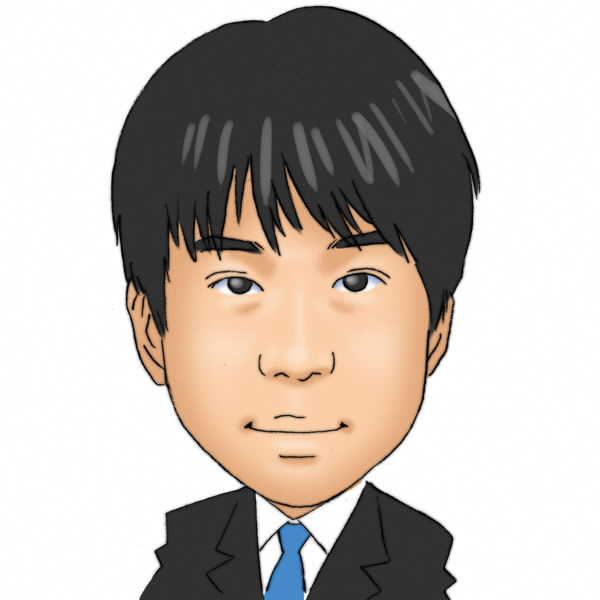 |
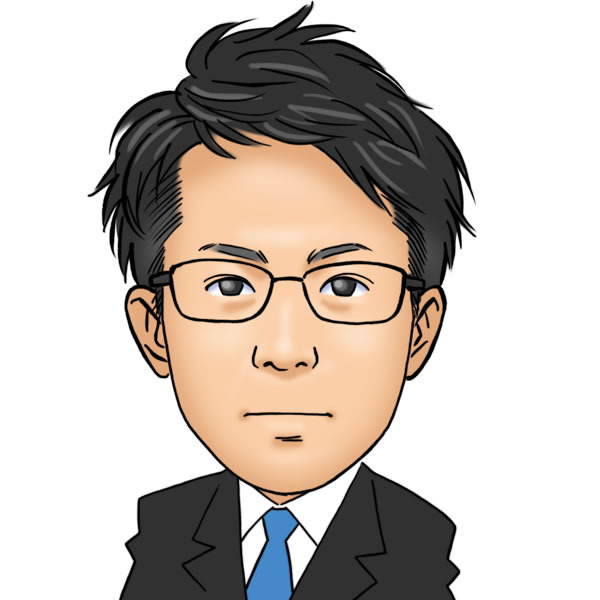 |
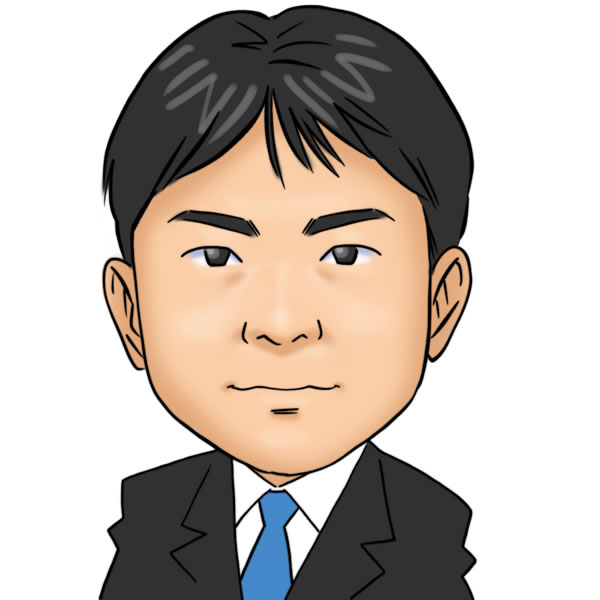 |
 |
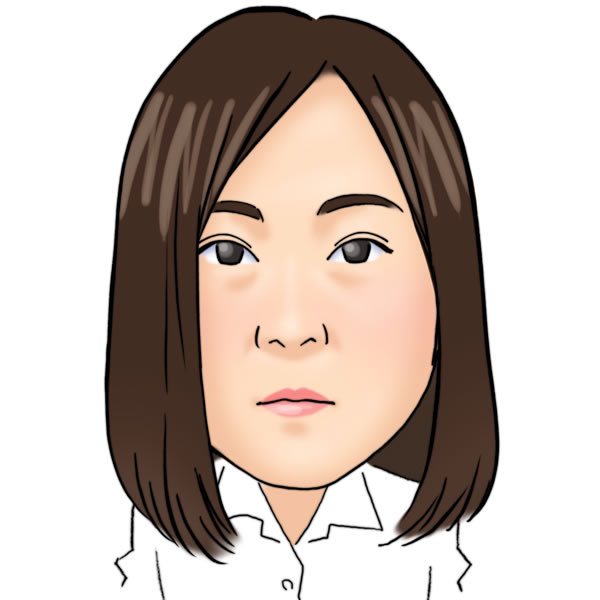 |
| Chief Takashi Mukaigawa, M.D., Ph.D. |
Senior Staff Shinya Morita, M.D. |
Senior |
Senior |
Senior Staff Kayo Sakamoto M.D. |
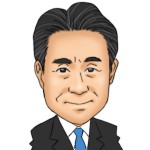 |
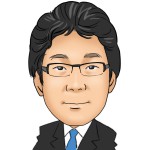 |
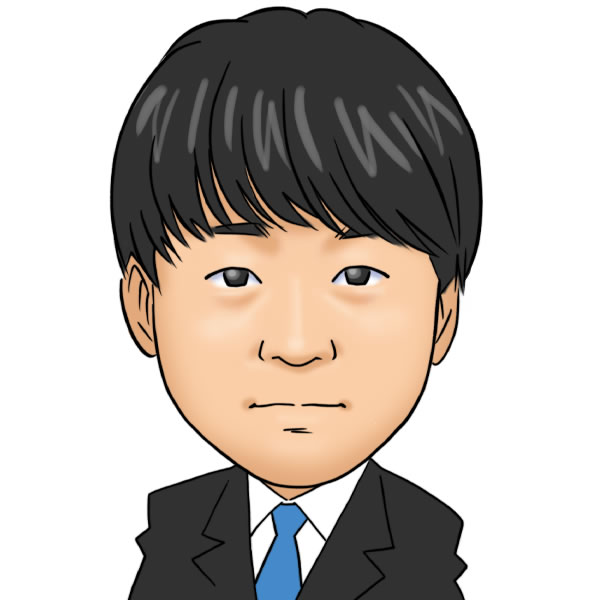 |
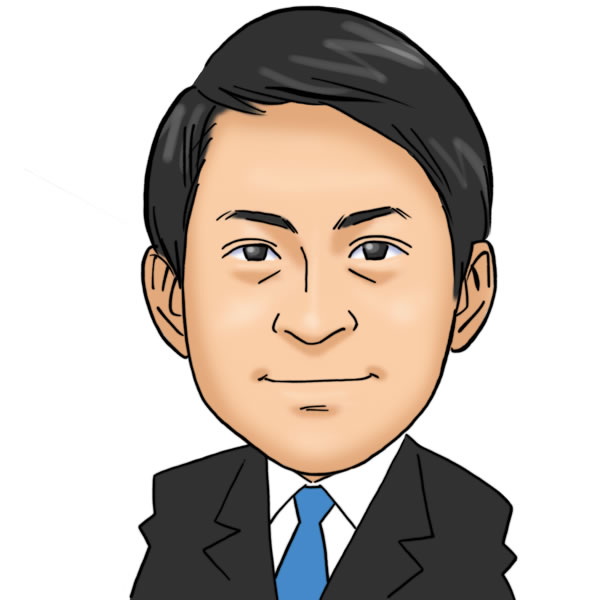 |
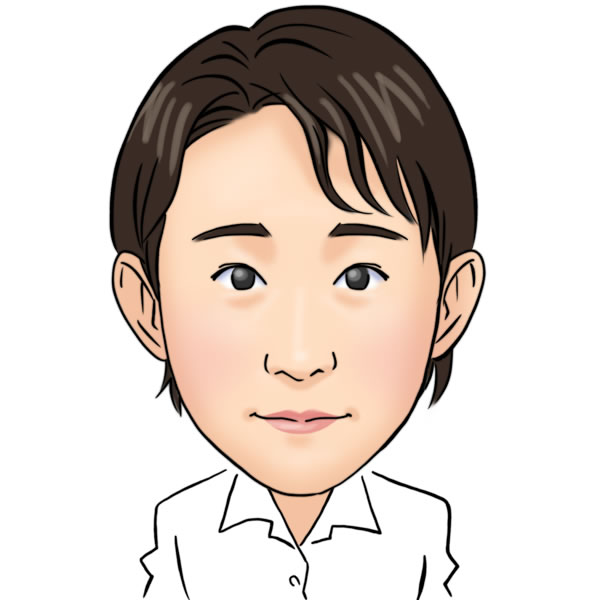 |
| Tetsuro Onitsuka, M.D., Ph.D. | Shinichi Okada, M.D. | Chief Resident Ryohei Katsumata, M.D. |
Chief Resident Akitoshi Hayashi, M.D. |
Chief Resident Shiori Aibara, M.D. |
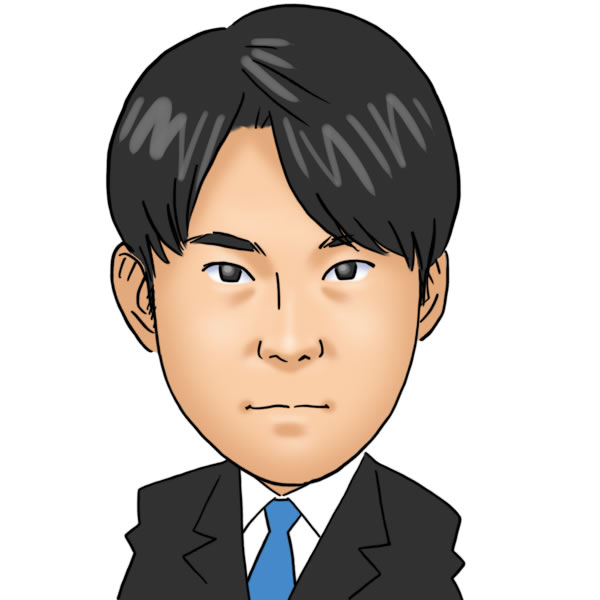 |
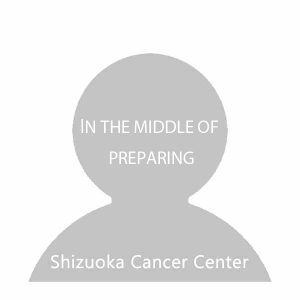 |
|||
| Chief Resident Ikko Nakajima, M.D. |
Resident Yuki Bessho, M.D. |
Cancer detected in the area up from collarbones excluding brain and eyes is called “head and neck cancer.” In standard general hospitals, it is taken care of at the department of otorhinolaryngology (ear, nose and throat) or oral surgery. The Division of Head and Neck Surgery provides surgical treatments (operations) for cancers in this region, which include oral cavity cancer (i.e., tongue cancer, gum cancer), larynx cancer, pharynx cancer and thyroid gland cancer. As cancers in this region often make impacts on talking, eating and appearances, which will inevitably lower the “quality of life” of a patient, it is crucial to choose the optimal treatment method taking postsurgical life into consideration in the same breath as aiming at complete cure of the cancer itself.
Cancer in the head-and-neck region requires a treatment which won’t deprive much of various functions there, like eating and talking, in addition to appearance. That is why the therapeutic strategy is decided and carried out by a multidisciplinary team consisting of doctors, surgeons, nurses and other health care professionals in the Divisions of Radiation Oncology, Proton Therapy, Gastrointestinal Oncology (dealing with chemotherapy), Plastic and Reconstructive Surgery, Oral Surgery, Rehabilitation Medicine and Endoscopy, as well as this Division of Head and Neck Surgery.
Esophagus cancers are basically treated at the Division of Esophageal Surgery, but the staff at the Division of Head and Neck Surgery sometimes participate in their operations, too, when the cancers are detected in upper esophagus which is close to the head-and-neck region. The divisions collaborate and exchange surgical techniques, in the efforts for avoiding functional disorders as much as possible.
Cancers in the head-and-neck region are featured by the symptoms including pain and swelling in the oral cavity, unpleasant sensation in the throat, voice getting hoarse and lump in the neck. These symptoms also appear when the cases do not involve cancers, but if they last for more than a month, not disappearing soon enough, we suggest you to visit an ear-nose-throat doctor (or a dentist when the symptoms are limited in the mouth) in your neighborhood. It is highly critical to detect a cancer there and have it treated as early as possible, just like cancers in other body regions.
tumors in the head and neck region
Specialist and Supervisory Doctor Certified by the Japanese Society of Otorhinolaryngology Head and Neck Surgery
General Clinical Oncologist Certified by the Japanese Board of Cancer Therapy
Certofoed Specialist and Supervisory Doctor, Editorial Board Member, the Japan Society for Head and Neck Surgery
Delegate, the Japan Society for Head and Neck Cancer
Specialist Certified by the Japan Broncho-Esophagological Society
The Japan Society of Clinical Oncology
The Japan Association of Endocrine Surgery
The Japanese Society for Clinical Nutrition and Metabolism
Specialist and Robo-Doc Pilot with Domestic Class-A License Certified by the Japan Robotic Surgery Society
The Japan Society for Endoscopic Surgery
Editorial Committee Member for the “General Rules for Clinical Studies on Head and Neck Cancer
Certified Proctor Doctor for Robot-Assisted Surgery in the Head and Neck Region, the Japan Robotic Surgery Society
Specialist Certified by the Japanese Society of Otorhinolaryngology Head and Neck Surgery
Specialist Certified by the Japan Society for Head and Neck Surgery
The Japan Society for Head and Neck Cancer
Specialist Certified by the Japanese Society of Otorhinolaryngology Head and Neck Surgery
The Japan Society for Head and Neck Surgery
The Japan Society for Head and Neck Cancer
The Japan Broncho-Esophagological Society
tumors in the head and neck region
Specialist Certified by the Japanese Society of Otorhinolaryngology Head and Neck Surgery
The Japan Society for Head and Neck Surgery
The Japan Society for Head and Neck Cancer
Specialist Certified by the Japanese Society of Otorhinolaryngology Head and Neck Surgery
The Japan Society for Head and Neck Surgery
The Japan Society for Head and Neck Cancer
Certificate Holder, the Fundamental Use of Surgical Energy (FUSE)
tumors in the head and neck region
Specialist Certified by the Japanese Society of Otorhinolaryngology Head and Neck Surgery
Delegate, the Japan Society for Head and Neck Cancer
Supervisory Doctor and Specialist Certified by the Japan Society for Head and Neck Surgery
The Society of Practical Otolaryngology
tumors in the head and neck region
tumors in the rhino-sinus region
skull base tumors
Specialist Certified by the Japanese Society of Otorhinolaryngology Head and Neck Surgery
General Clinical Oncologist Certified by the Japanese Board of Cancer Therapy
The Japan Society for Head and Neck Surgery
The Japan Society for Head and Neck Cancer
Specialist Certified by the Japanese Society of Otorhinolaryngology Head and Neck Surgery
The Japan Society for Head and Neck Surgery
The Japan Society for Head and Neck Cancer
Specialist Certified by the Japanese Society of Otorhinolaryngology Head and Neck Surgery
The Japan Society for Head and Neck Surgery
The Japan Society for Head and Neck Cancer
The Japan Broncho-Esophagological Society
The Society of Swallowing and Dysphagia of Japan
The Japanese Society of Dysphagia Rehabilitation
The Society of Practical Otolaryngology
Health and Sports Physician Certified by the Japan Medical Association
Physician Designated by Article 15, Healthcare and Welfare Measures for Persons with Disabilities
Physician Designated for Intractable Diseases
Specialist Certified by the Japanese Society of Otorhinolaryngology Head and Neck Surgery
The Japan Society for Head and Neck Cancer
The Japan Society for Head and Neck Surgery
The Japan Association of Endocrine Surgery
Specialist Certified by the Japanese Society of Otorhinolaryngology Head and Neck Surgery
The Japan Society for Head and Neck Surgery
otorhinolaryngology head and neck surgery
Specialist Certified by the Japanese Society of Otorhinolaryngology Head and Neck Surgery
The Japan Broncho-Esophagological Society
The Japanese Society of Practical Otolaryngology